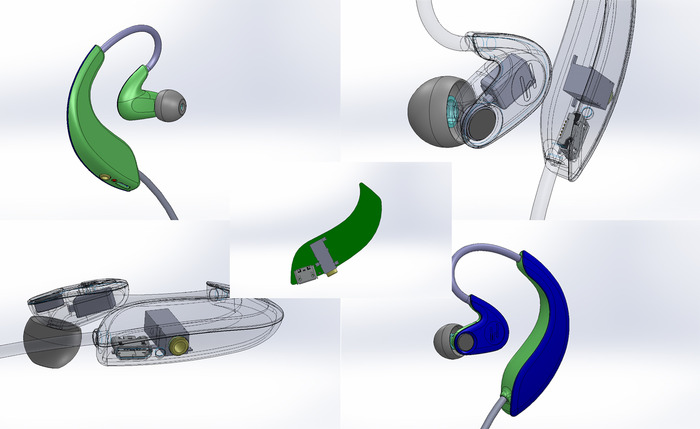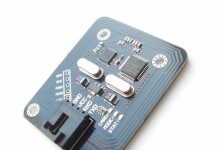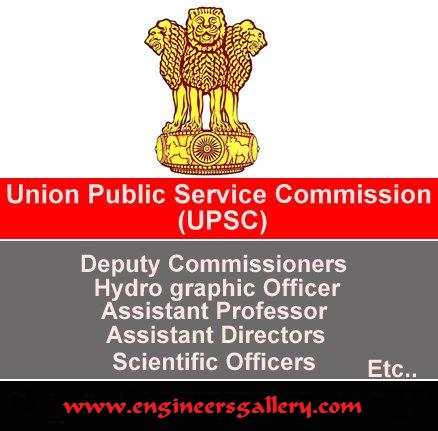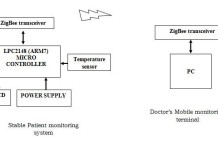Heat, Temperature, and Pressure in Refrigeration
OBJECTIVES
After studying this unit, you should be able to
- define temperature.
- make conversions between the Fahrenheit and Celsius scales.
- describe molecular motion at absolute zero.
- define the British thermal unit.
- describe heat fl ow between substances of different temperatures.
- explain the transfer of heat by conduction, convection, and radiation.
- discuss sensible heat, latent heat, and specific heat.
- state atmospheric pressure at sea level and explain why it varies at different elevations.
- describe two types of barometers.
- explain psig and psia as they apply to pressure measurements.
HEAT, TEMPERATURE, AND PRESSURE
The term heat can be applied to events in our lives that refer to our comfort, food, weather, and many other things. How does cold figure in? Cold is defined simply as the absence of heat. We say, “It is hot outside” or “The coffee is hot; the ice cream is cold.” In the HVAC/R industry we must truly understand what heat is and how heat energy moves from one substance to another as well as between the molecules of a single substance. We use the words hot and cold as relative terms. When we need to be more specific, we often refer to temperature. If you are asked how hot it is outside, your answer will likely be along the lines of “It’s 85 degrees outside.”

In our industry, accurate temperature readings are very important because it is based on these temperature readings that we make decisions regarding system operation. Therefore, it is important to use high-quality thermometers to take these readings, Figure 1. Another term that must be understood is pressure. We use the term atmospheric pressure when we refer to weather conditions. We also refer to pressure when we talk about the air in the tires of bicycles and cars. Information regarding the pressures inside air-conditioning and refrigeration systems
is very important to the HVAC/R technician. System operating pressures, along with various temperature readings,
provide valuable information to the technician that is used to properly evaluate and troubleshoot heating and cooling equipment. System pressures are obtained by using a refrigeration gauge manifold, Figure 2.

The terms heat, pressure, and temperature will be a part of nearly all conversations relating to the HVAC/R industry, so it’s very important to understand them. The sections that follow provide more insight into these concepts and how they relate to each other.
Copied from REFRIGERATION & AIR CONDITIONING TECHNOLOGY by WILLIAM C. WHITMAN, WILLIAM M. JOHNSON, JOHN A. TOMCZYK and EUGENE SILBERSTEIN














